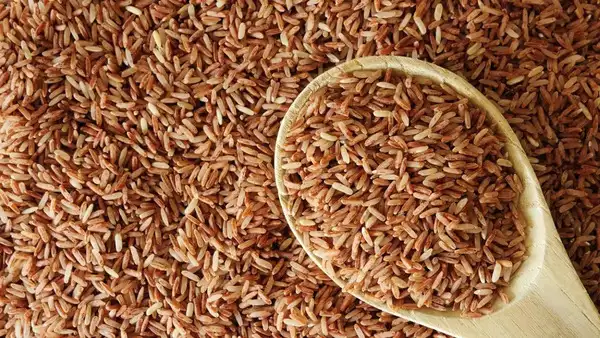Brown rice is often praised as the healthier alternative to white rice, but new research sheds light on a surprising twist that may change how we view this pantry staple.
Nutritional Face-Off: Brown vs. White
🍚 Brown Rice: A whole grain that retains its bran and germ, making it rich in fiber, vitamins, and minerals.
🍚 White Rice: Milled and polished, it loses much of its natural nutrients but is easier to digest and often enriched with iron and folic acid.
The ‘Toxic’ Concern
A recent study highlights that brown rice may contain higher levels of arsenic, a naturally occurring heavy metal found in soil and water. While not harmful in small amounts, long-term exposure to arsenic can pose health risks.
Should You Worry?
Not necessarily. Experts suggest:
✅ Moderation is key – Don’t over-rely on any single grain.
✅ Rinse thoroughly – Washing rice and cooking it in excess water can significantly reduce arsenic levels.
✅ Variety matters – Mix up your grains with quinoa, millet, or red rice for a balanced diet.
The Verdict
Brown rice still offers more fiber and nutrients than white rice, but it’s important to consume it wisely and in moderation.
Want a breakdown of the healthiest rice alternatives for daily meals? 🍽️
Read also: https://newsonthego.in/boost-your-brain-6-simple-tips-to-stay-sharp-and-improve-memory/




